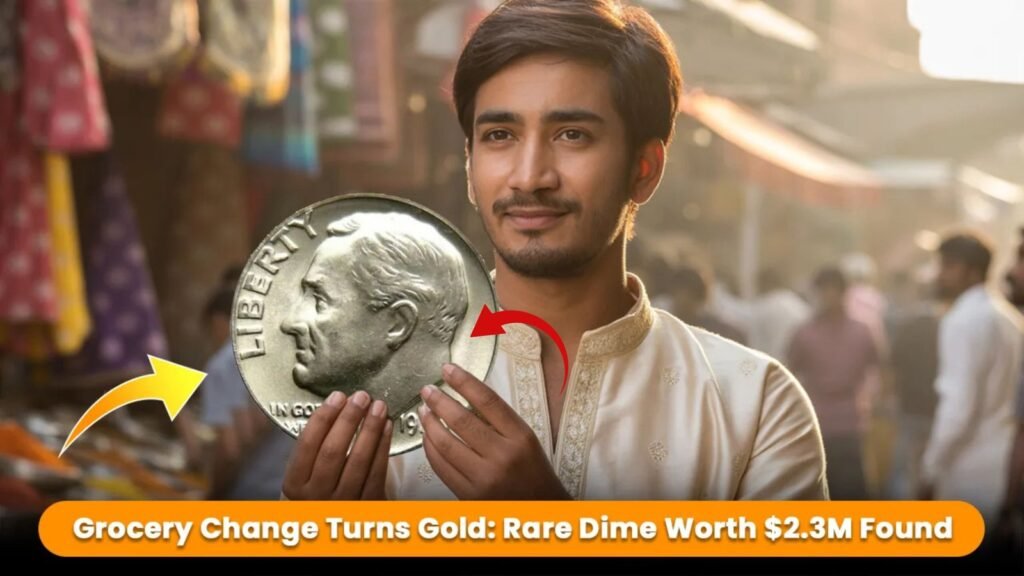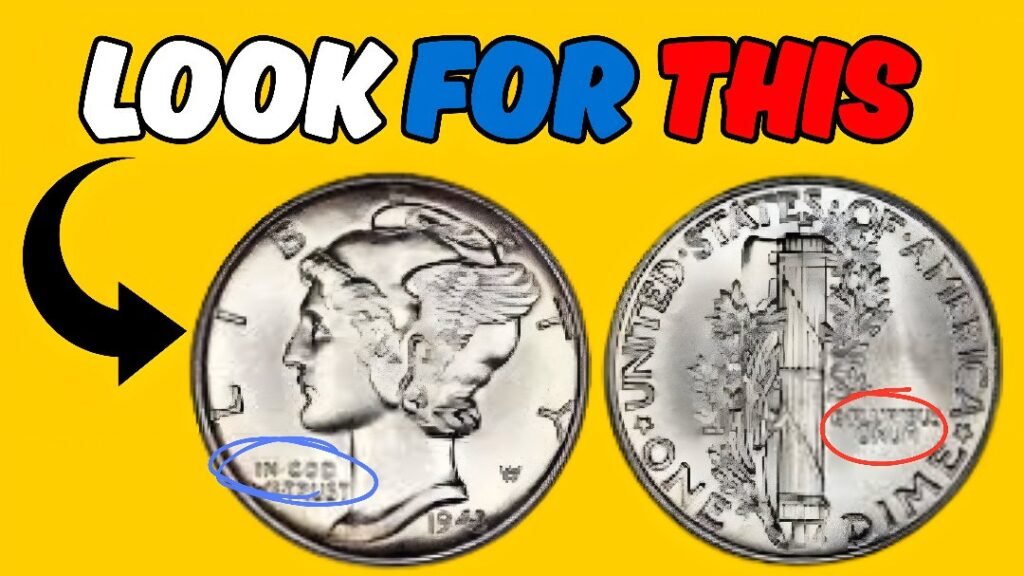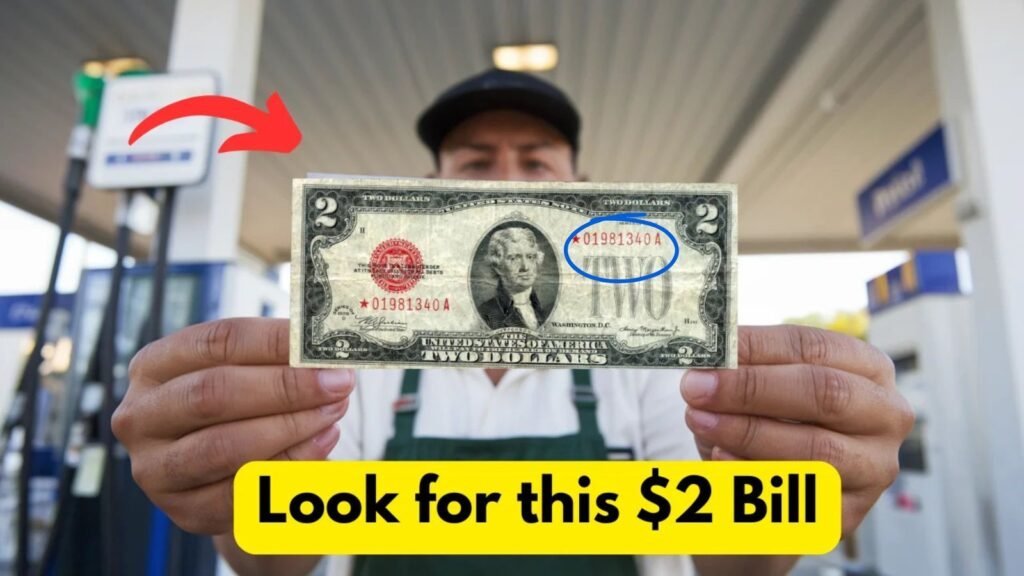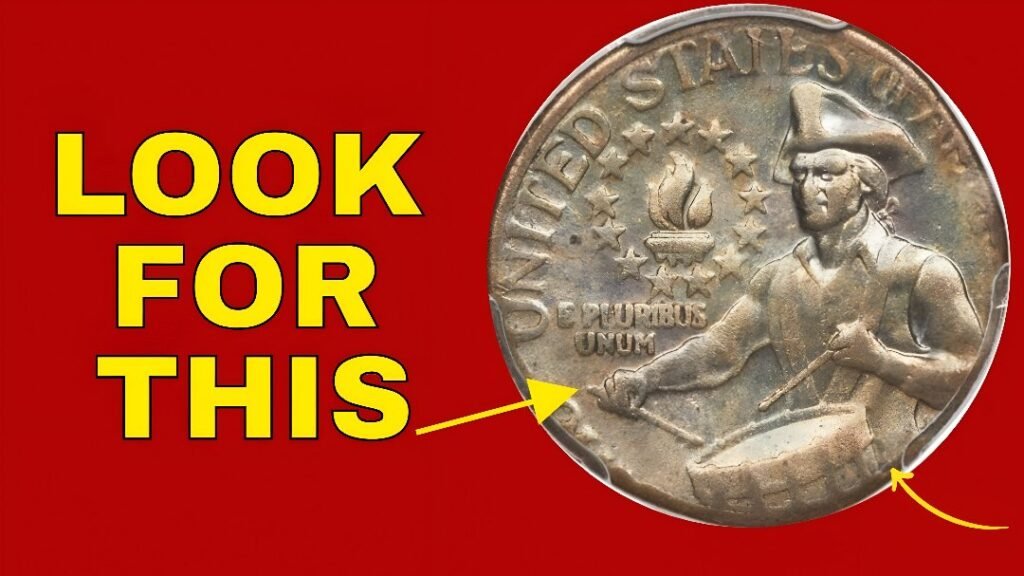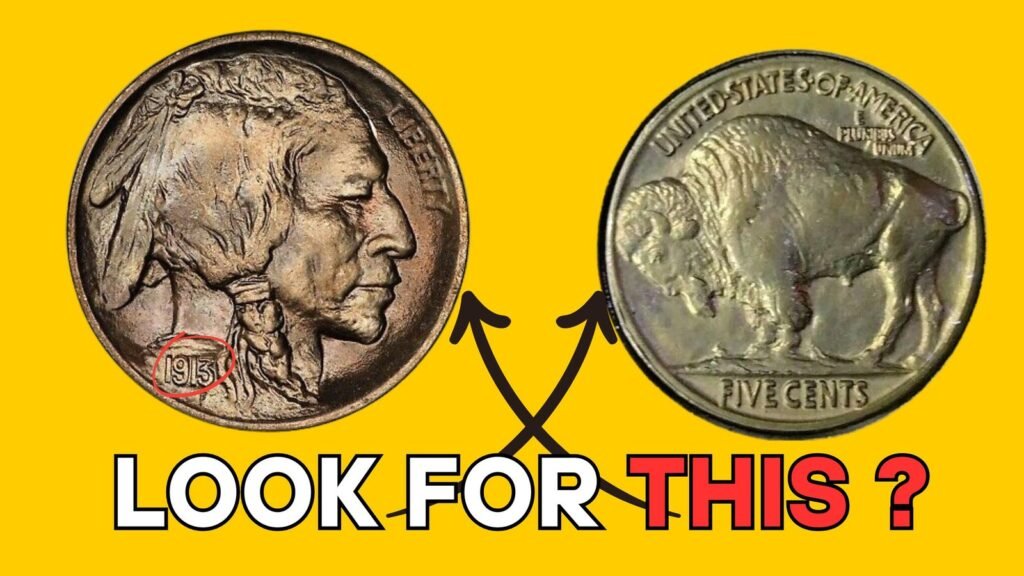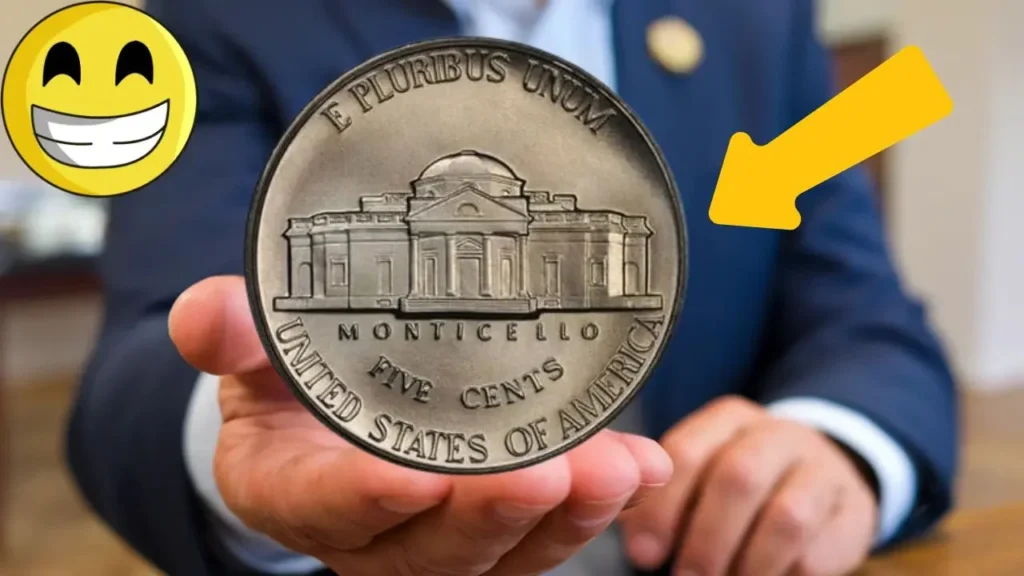- Rare Lincoln Wheat Penny Worth $300K Still Circulating – Check Your Spare Change Today
- Still Circulating: $2.3M Roosevelt Dime Discovered at Grocery Store
- Rare Mercury dime worth $21.31 million is still in circulation
- The Kennedy Half Dollar Valued at $5.9 Million, Still in Circulation
- 1928 $20 Gold Certificate Shines as $670,000 Auction Gem
- Gas Station Worker Finds $2 Note in Tips — It’s a $90,000 Error Note
- The Rare Bicentennial Quarter Valued at $2.5 Billion, Still in Circulation
- Buffalo Nickel Valued at $601,000: From Small Change to Rare Treasure
- How a War-Era Jefferson Nickel Became One of America’s Most Valuable Coins
Below is an in-depth review-style article about omsallp.com, based on publicly available information and observed content patterns. All statements supported by web findings are cited accordingly.
Introduction
In the crowded landscape of online coin-collecting and valuation content, omsallp.com (branded as “M NEWS” / “USA News Today”) has emerged as a site featuring numerous sensational headlines about rare coins and their purported multi-million-dollar values. This article examines the site’s stated purpose, content themes, design and user experience, credibility considerations, SEO and monetization strategies, and offers recommendations for both readers and for the site operators themselves.
Site Overview and Purpose
According to an “About Us” snippet, omsallp.com presents itself as “an independent site whose aim is to provide information about the latest …” [the snippet cuts off], indicating it positions itself as a news/information portal rather than an official government or institutional source omsallp.com. The branding “M NEWS – USA News Today” suggests a focus on U.S.-centric news or features, but inspection of recent posts shows a heavy emphasis on coin-collecting stories (e.g., rare pennies, quarters, half dollars) with sensational valuation claims.
Recent headlines include:
- “Bicentennial Quarter Worth $1 Million Could Be in Your Pocket” (Published: today)
- “The Kennedy Half Dollar Valued at $5.9 Million, Still in Circulation” (Published: today)
- “A Susan B. Anthony Dollar … A Coin Collectors Dream Find” (Published: 2 days ago)
- “How a War-Era Jefferson Nickel Became One of America’s Most Valuable Coins” (Published: 6 days ago)
These recurring themes indicate the site’s niche: attracting readers with “could-be-in-your-pocket” coin valuation stories.
Content Analysis
Thematic Focus
The site’s primary theme revolves around rare coin discoveries and high valuations, often with click-worthy headlines claiming values in the hundreds of thousands to millions of dollars. Example topics include:
- Bicentennial Quarters purportedly worth $1 million or more omsallp.comomsallp.com.
- Kennedy Half Dollars claimed at multi-million-dollar valuations omsallp.comomsallp.com.
- Lincoln Wheat Pennies and other classic U.S. coins allegedly hiding immense hidden value omsallp.com.
Frequency and Recency
Search snippets show multiple posts per week with fresh “Published: today/yesterday” timestamps on various coin stories omsallp.comomsallp.com. This suggests a high posting frequency aimed at regular traffic.
Content Style and Tone
Based on excerpts, the articles typically adopt a sensational tone—highlighting “could be in your pocket” scenarios, dramatic “found in Grandpa’s belongings” narratives, and emphases on life-changing windfalls. While engaging for casual readers, such tone often requires caution: many coin valuation claims online can be misleading or unsubstantiated without authoritative appraisal context.
Structure
Although full article bodies weren’t accessible directly, typical posts appear to:
- Introduce a dramatic find (e.g., a coin discovered in everyday circumstances).
- Describe the coin’s history and mint specifics.
- Quote purported valuation figures (“worth $X million”).
- Possibly include disclaimers or prompts to seek professional appraisal (though this should be verified—readers should check if disclaimers appear prominently).
Credibility and Verification
Source Attribution
High-value coin claims warrant careful sourcing: coin values depend on condition (grade), rarity, market demand, and professional certification. Reliable coin valuation content usually references:
- Professional grading services (e.g., PCGS, NGC).
- Auction sales records (e.g., Heritage Auctions, Stack’s Bowers).
- Expert numismatists or recognized publications.
Without clear citations to such authoritative sources, sensational valuation claims risk being misleading.
We did not find direct evidence on the site’s pages (from search snippets) that each claim is backed by concrete auction records or expert quotes. Readers should approach articles on omsallp.com with healthy skepticism and verify any high valuations through recognized numismatic resources.
Disclosure and Disclaimer
The “About Us” snippet notes the site is independent and not government-run omsallp.com. It’s important that prominent disclaimers be visible on each valuation article, clarifying that:
- The article is for informational/entertainment purposes.
- Actual coin value requires professional examination.
- Market values fluctuate over time.
If these disclaimers are not clearly presented, the site risks misleading readers.
Design and User Experience
Layout and Navigation
Based on the “M NEWS” branding, the site seems structured like a blog or news site, with categories/tags (e.g., “Lincoln”, “Kennedy”, “Coins”) and paginated archives (e.g., page 2, page 3) omsallp.com. A clear navigation menu (Home, About, Contact) likely exists, though full layout details weren’t directly accessible. Key UX considerations:
- Readability: Use clear headings, short paragraphs, bullet lists for valuation criteria.
- Mobile Responsiveness: Ensure the site renders well on mobile, given many casual readers browse on phones.
- Load Performance: Avoid heavy ads or scripts that slow page loads.
Visual Elements
Coin articles benefit from high-quality images: photos of the coin specimen, close-ups showing mint marks, condition, etc. It’s unclear if omsallp.com includes original photography or uses stock/illustrative images. For credibility, including actual photos (with permission) of coins that sold at auction is valuable. If images are generic or low-resolution, consider improving by:
- Embedding certified grading labels or auction lot photos (with attribution).
- Using clear diagrams to explain coin grading scales.
Engagement Features
To build a community, features like:
- Comment sections (moderated to avoid spam).
- Related articles suggestions (“If you enjoyed this, also read…”).
- Newsletter signup for “latest coin finds” updates.
- Social sharing buttons.
These can increase time on site and return visits. However, moderation is essential to maintain quality.
SEO and Monetization
SEO Strategies
The sensational headlines (“Could Be in Your Pocket”, “Valued at $X Million”) are likely crafted to attract click-through from search engines and social media. To optimize further:
- Keyword Research: Ensure targeting of realistic long-tail keywords (e.g., “1964 Kennedy half dollar valuation”, “Bicentennial quarter rare variety”).
- Meta Descriptions: Provide concise summaries that balance intrigue with accuracy.
- Structured Data: Implement schema markup (Article, BreadcrumbList) to improve search appearance.
- Backlink Profile: Build authority by referencing reputable numismatic sites, forums (e.g., CoinWeek, Numismatic Guaranty Corporation articles).
Monetization
Common monetization for such sites includes:
- Advertising: Display ads (Google AdSense or alternative networks). Balance between ad revenue and user experience is crucial.
- Affiliate Links: Partner with coin dealers or marketplaces; e.g., links to sites where readers can buy coin supplies, reference books, or appraisal services.
- Sponsored Content: Collaboration with grading services or auction houses to provide sponsored features—though disclosure must be clear.
- Newsletter Sponsorships: If email list grows, sponsored placements can monetize.
It’s important that monetization methods do not compromise editorial integrity. For example, if affiliate links appear in valuation articles, clear “Affiliate Disclosure” statements should be present.
Recommendations
For Site Operators
- Enhance Credibility
- Source Citations: In each article, cite specific auction records or expert statements. E.g., “According to PCGS auction record on March 12, 2025, a 1976 Bicentennial quarter graded MS67 sold for $X” with a link to source.
- Include Disclaimers: Prominently note that valuations are estimates and that collectors should seek professional grading/appraisal.
- Improve Visuals
- Use high-resolution, authentic coin images with clear captions and attribution. If possible, obtain permission from auction sites or photographers.
- Content Depth
- Beyond sensational valuations, add educational context: how coin grading works, tips for spotting counterfeit or altered coins, historical background of coin series, and market trends. This builds authority and repeat readership.
- User Engagement & Community
- Implement moderated comment sections or forums where hobbyists can discuss findings.
- Host occasional Q&A sessions with numismatic experts (e.g., via live chat or webinars).
- SEO Best Practices
- Optimize on-page SEO: descriptive title tags, meta descriptions aligned with realistic expectations.
- Utilize structured data for articles.
- Publish occasional evergreen content (e.g., “Beginner’s Guide to Coin Grading”) to draw sustained traffic beyond clickbait-style posts.
- Monetization Transparency
- Clearly disclose any affiliate links or sponsored content.
- If displaying ads, ensure they do not overwhelm the reader.
- Editorial Standards
- Maintain a balance between engaging headlines and accurate, cautious phrasing. Avoid overstating values without firm evidence.
For Readers
- Verify Valuations
- Treat sensational headlines as starting points. If you believe you own a valuable coin, consult professional grading services (e.g., PCGS, NGC) or reputable dealers before making decisions.
- Check Multiple Sources
- Cross-reference valuation claims with auction databases (e.g., Heritage Auctions results) or numismatic publications.
- Beware of Scams
- Sites that heavily emphasize “you might have millions in your pocket” can sometimes lead readers to paid appraisal solicitations or overpriced buyback offers. Always verify the appraiser’s credentials.
- Educational Approach
- Use such articles to spark interest, but deepen your knowledge through authoritative resources: numismatic books, collector forums (e.g., CoinTalk, Reddit’s r/coins), and official grading service educational materials.
Potential Risks and Ethical Considerations
- Misleading Headlines: Overly sensational headlines can mislead unsophisticated readers into overestimating their coins’ worth. Ethical editorial practice would moderate headlines to reflect realistic possibilities.
- Privacy and Data Handling: If the site collects visitor emails for newsletters, ensure compliance with privacy laws (e.g., GDPR for EU readers, even if targeting U.S. audience) and provide clear privacy policy (which exists but should be reviewed).
- Affiliate Influence: If affiliate partnerships exist, the site must avoid biasing valuation content to drive sales; disclose relationships clearly.
Conclusion
omsallp.com (M NEWS – USA News Today) occupies a niche in sensational coin-finding and valuation stories. While the frequent, click-driven headlines attract traffic, the site’s long-term value and reputation hinge on adopting stronger credibility practices: rigorous sourcing, clear disclaimers, and deeper educational content. For operators, balancing engaging storytelling with numismatic accuracy will foster trust and sustainable audience growth. For readers, it’s vital to approach valuation claims with critical thinking and verify through authoritative numismatic channels before making any decisions based on these articles.

